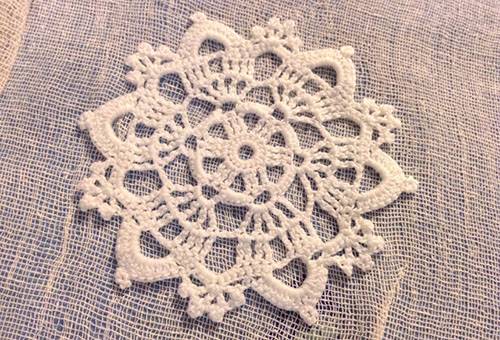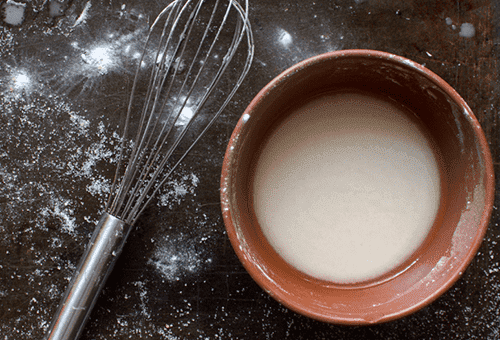How to starch knitted and ordinary napkins?
The tradition of using decorative napkins in the decor of the room and when laying the table has ceased to be old-fashioned. Those who want to join the army of fans of this direction should learn how to starch a napkin made of cloth or crocheted. Simple manipulation will allow you to experiment with the shape of the product and positively affect its appearance. Depending on the desired degree of rigidity, a variety of means can be used. The approach to processing products is approximately the same in all cases, but often there are important nuances that affect the result.
The process of starching napkins using the principles of traditional methods
All process modifications come from the basic method that was used decades ago. It can be used to starch both a rag and a crocheted napkin or tablecloth.
- First of all, you need to determine the density that you need to give the product. If you only need to slightly fix the form, then you need to take no more than a teaspoon of starch per liter of water. A tablespoon per liter of water will give a more pronounced stiffness. Two tablespoons of starch per liter of water and the product will hold the desired shape.
- Before starching a napkin, you need to properly prepare the composition. First, the powder is diluted with a small amount of cool water and thoroughly kneaded until a uniform thick cream. The remaining liquid is brought to a boil in a clean container. Immediately after its boiling, the prepared composition is introduced, we boil the product for a few more seconds, constantly stirring. If you want to give the product a glossy shine, it is worth adding a pinch of fine table salt to the starchy mass.
- The starch is cooled to a pleasant warm state and then a crocheted or rag napkin is lowered into it. Using your fingers, we help the fabric to get wet and soak evenly with the composition. Then we get the product and squeeze it well.
- We lay out the wet towel on a dense, even surface, straighten all corners, folds and decorative elements. We cover it with a clean rag napkin and with quick movements we pass the iron on an average degree of heating.
Tip
If you are processing a crocheted element, it is recommended that individual parts be secured with pins so that they do not wrap. Correcting the form will already be difficult, you will have to do all the manipulation again.
How to starch a napkin using unusual products?
In addition to the described approach, you can starch wipes by using less traditional formulations.
- Sugar. Three tablespoons of granulated sugar are added to half a glass of hot water and set on a very slow fire. We dilute a teaspoon of starch with cool water to the state of sour cream and put into a solution with sugar. We mix the product and use it in the usual way. Choosing this approach, one must take into account that although sweet wipes retain their shape for a very long time, after a while they begin to attract insects.
- Milk. An approach that helps to add dullness and extra volume to a decorative item. Most often used for knitwear. We take half a liter of nonfat milk, we dilute half a tablespoon of rice starch with a small amount of this milk in a separate container. We bring the remaining liquid to a boil and dilute a thick starchy mass in it. Cool and use as intended.
- PVA glue. Fresh, high-quality glue without lumps and sediment bred with cool water. On one part of the glue we take two parts of water. Dip the napkin into the adhesive and hold for at least a quarter of an hour.If the knitting is very tight, then you can slightly help the threads with your hands. Be sure to check the quality of the impregnation, otherwise the item will look messy. We take out the product, slightly wring it out and iron it in accordance with all the rules.
- Dry method. If you need to starch a napkin urgently and there is no way to mess with the preparation of one of the listed compounds, you can resort to a quick and simple processing option. We lay out a clean product on a sheet of paper (not newspapers), sprinkle it abundantly with cool water from a spray bottle, sprinkle with starch and gently rub it. We cover the napkin with a second sheet of paper and carefully iron the structure with a hot iron.
Regardless of the type of composition used, starch things immediately before use, and not before storage. The slightest kink will spoil the appearance of the product and make it impossible to restore it quickly. The necessary complex form of napkins is attached at the moment while they are still in a slightly damp form.

